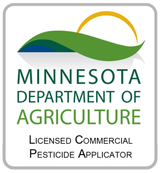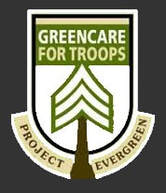|
Some of the most common weeds found in Minnesota lawns include:
With Spring right around the corner, it’s time to schedule your Spring Cleanup! This service is incredibly important to your lawn for a number of reasons, including:
Mowing your lawn all season long can often feel like an overwhelming demand. It requires time, equipment ownership and upkeep, and knowledge of proper grass height and watering requirements. Correct lawn mowing promotes deeper root growth, minimizes the presence of weeds, and enhances your grass's natural resilience against diseases and pests.
Whether you plan to tackle the task yourself or hire a lawn mowing service, there are several guidelines that should be followed to maintain a healthy, lush lawn here in Minnesota.
Trees within your yard offer more than just aesthetic appeal and refreshing shade on hot afternoons; they also serve as habitats and sanctuaries for diverse wildlife. Healthy and flourishing trees enhance the beauty and functionality of any yard.
It's crucial to maintain their health and be vigilant for signs of potential issues. Determining the health of a tree involves assessing various factors. Here are some indicators of a healthy tree:
Regularly inspecting your trees for these signs can help you identify potential problems early and take appropriate action to maintain their health and vitality. If you notice any concerning symptoms, consider consulting with a certified arborist for professional advice and assistance. Are you interested in planting trees and shrubs that are pollinator-friendly? According to the University of Minnesota, there are numerous options available to please the bees, butterflies, and other pollinators. These include:
At West Metro, we pride ourselves on taking safety measures to protect the pollinators and their environment. This includes, but is not limited to, remaining attentive to blossoming flowers and reducing the occurrence of spray drift. For more information on how to create a pollinator-friendly landscape, visit the following University of Minnesota website: https://extension.umn.edu/lawns-and-landscapes/flowers-pollinators According to the National Institute of Health, there are in excess of 9,000 lawnmower injuries reported in children every year in the United States. Children tend to be the most common victims of lawn mower accidents and many of these accidents result in fractures and/or amputation of limbs. The majority of injuries occur by riding mowers (versus push mowers) and happen most frequently by being struck by a mowing mower or by falling off a moving mower. While these injuries are often catastrophic, they are largely avoidable.
To prevent lawn mower accidents involving children, consider the following safety measures:
By following these precautions, you can help reduce the risk of lawn mower accidents involving children and create a safer environment for outdoor play. Source: https://www.ncbi.nlm.nih.gov/pmc/articles/PMC8246087/ The dandelion (or Taraxacum Officinale) is a perennial broadleaf weed which is commonly distributed across Minnesota throughout the spring, summer, and fall. With the most robust bloom of dandelions occurring in spring, this bright yellow flower (whose name means “Lion’s Tooth”) can thrive just about anywhere.
The life cycle of a dandelion begins when the wind (or a small child) disperses the dandelion seed. The seed will quickly germinate in the soil and become a dandelion plant (green, rugged leaves). In the next stage of the life cycle, the dandelion plant will begin flowering (which presents as the bright yellow flower we are so accustomed to seeing). Within 15 days, the yellow flower will become a seed head (shaped like a fluffy, white ball). And the cycle will begin again with the disbursement of those seeds. The dandelion is remarkably resilient, with the ability to withstand freezing temperatures and heat waves. Nonetheless, controlling dandelions is quite simple and straightforward with the application of a broadleaf herbicide. At West Metro Lawn & Snow, our 7 Step Fertilization & Weed Control program treats over 250+ weeds - including, you guessed it, dandelions! To learn more about our Fertilization & Weed Control Program, visit https://www.westmetrolawnandsnow.com/fertilization.html In Minnesota, summertime inevitably means sharing our yards with mosquitoes on the hunt for their next meal. Despite layering clothes or saturating ourselves in bug spray, evading these bloodthirsty pests seems nearly impossible! This is because they are drawn to our sweat, the carbon dioxide in our breath, and the fragrances we wear.
And did you know?
Thankfully, there is a solution to help curb the mosquito population in your yard and send this uninvited party guest packing! With our Mosquito Control Package, you will receive 6 scheduled service visits - designed to combat mosquito hiding in your trees, shrubs, and landscape beds. Using misting backpack sprayers, these barrier spray treatments not only fight adult mosquitos, their eggs, and larvae - it also helps prevent fleas and ticks! Source: Mosquitoborne Diseases of Minnesota (state.mn.us) What is Creeping Charlie?
Characterized by its bright green, round or kidney-shaped leaves with scalloped edges, Creeping Charlie is a perennial herbaceous plant that spreads through both seeds and creeping stems which grow along the ground. Creeping Charlie is alternatively often referred to as ground ivy. In the spring, the plant showcases small, bluish-purple, funnel-shaped flowers. When crushed, Creeping Charlie emits a robust mint-like aroma. This weed thrives in moist, shady areas of your lawn. Is Creeping Charlie bad? Creeping Charlie is a broadleaf weed which spreads quickly in lawns. Unfortunately, just like other weeds, the spread of Creeping Charlie displaces and overtakes existing turf, compromising both the appearance and health of your lawn. How Can I Eradicate and Prevent Creeping Charlie? Maintaining a robust and healthy lawn through regular mowing, fertilizing, watering, and overseeding is of great importance when fighting off weeds such as Creeping Charlie. At West Metro Lawn & Snow, our 7 Step Fertilization and Weed Control program provides total broadleaf weed control, while utilizing both liquid fertilizer and premium slow-release granular fertilizer, to provide you with the healthiest, greenest, and most robust lawn possible. To learn more about our Fertilization and Weed Control program, visit the following link: https://www.westmetrolawnandsnow.com/fertilization.html Just like April showers bring May flowers… A warm winter brings more GRUBS! With an unseasonably warm winter season under our belts, the number of grubs that have survived through the winter months will be much higher than normal.
Typically, the cold and frost that penetrates the ground will kill a portion of the grubs between November and April. But when temperatures don’t dip as expected, these little friends stick around! Yikes! What does this mean for you? If your lawn is typically susceptible to grub damage, the effects on your lawn could be even worse this year. As a reminder, some of the telltale signs of a grub problem in your lawn are:
However, a single Grub Control application in late Spring / early Summer can save your lawn this summer! Be sure to request a Grub Control estimate on our website if you are concerned about grubs in your lawn. |
Details
Chris HalvorsonArchives
July 2024
Categories
All
|

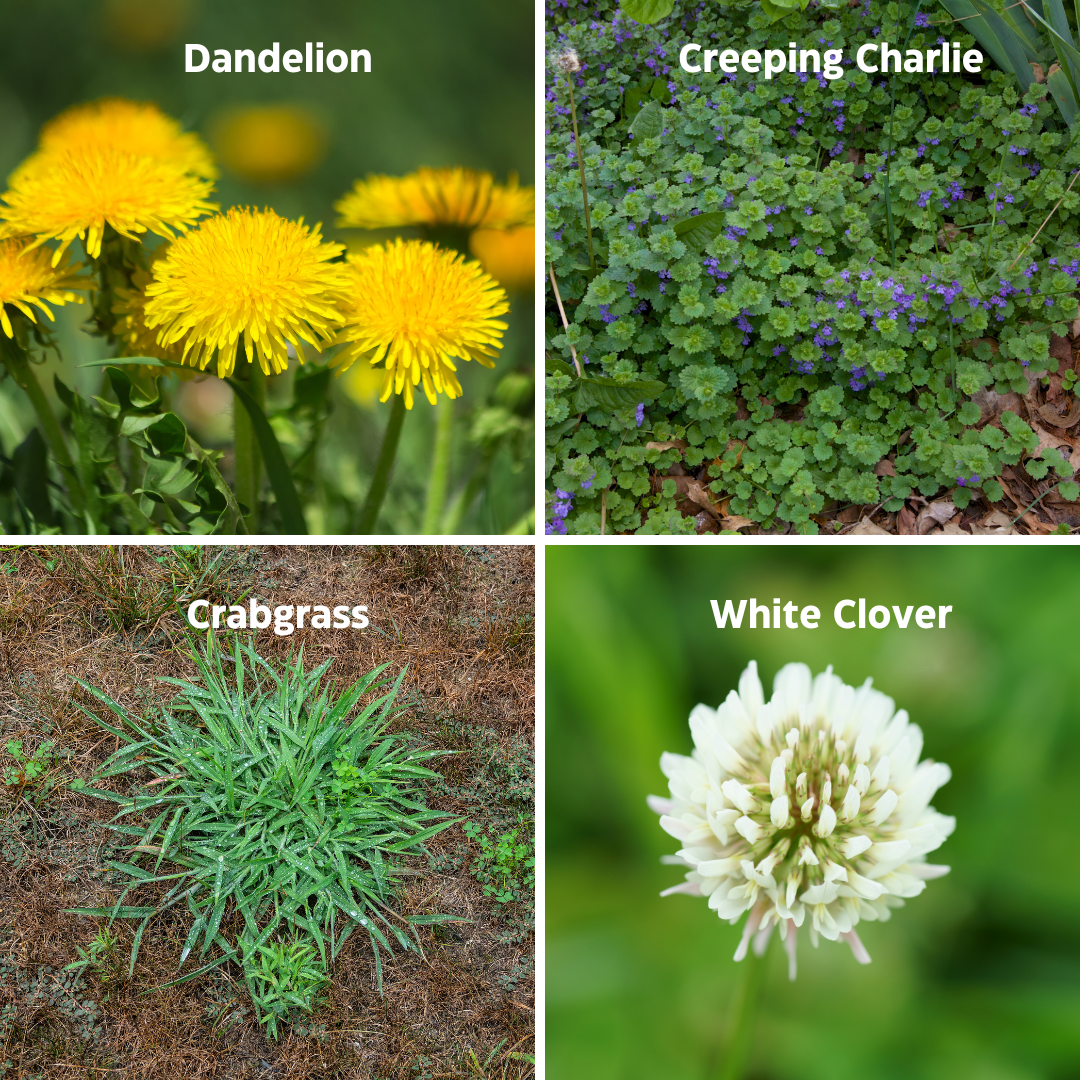
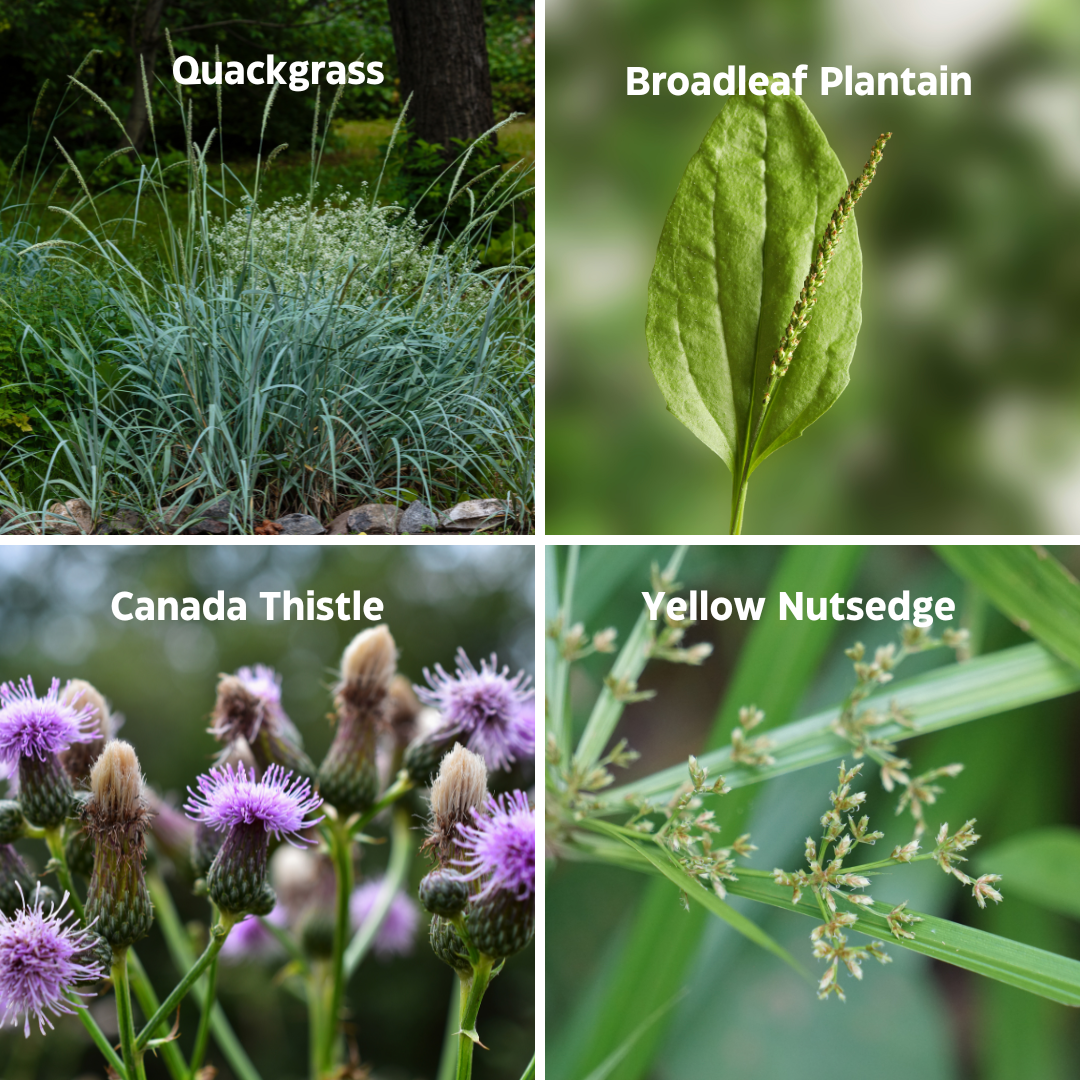
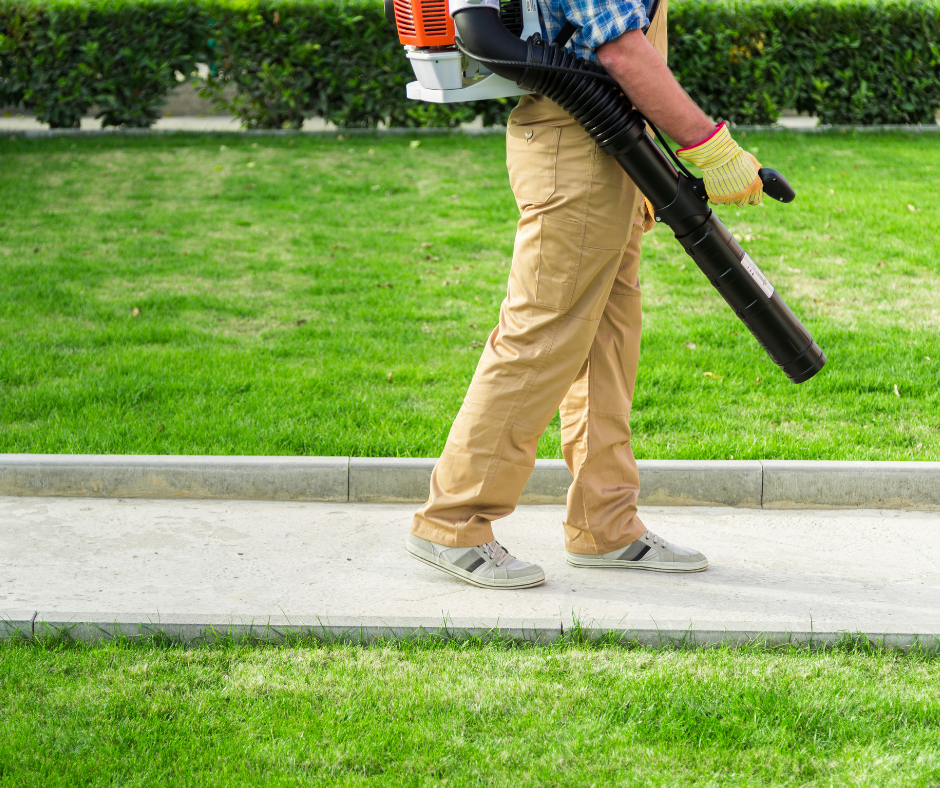
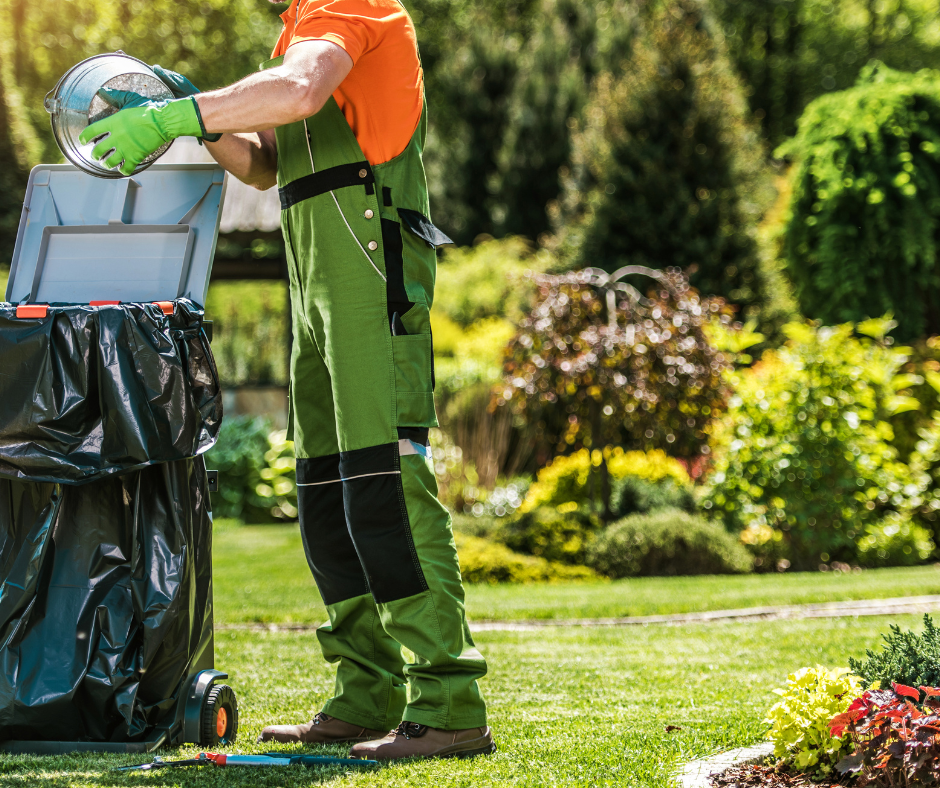
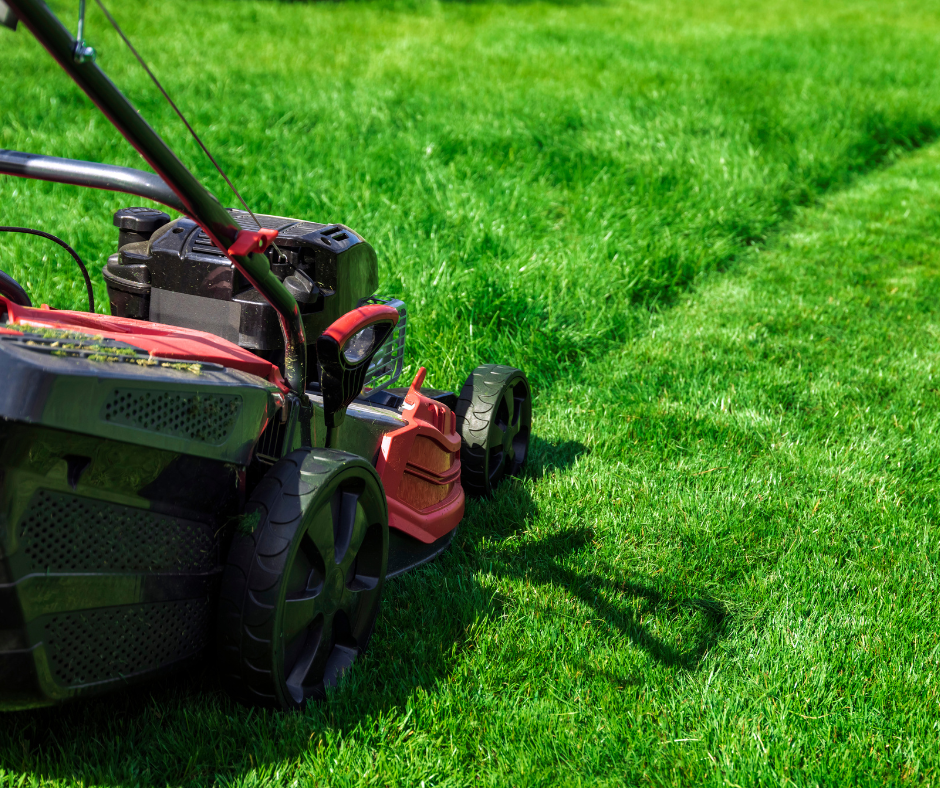
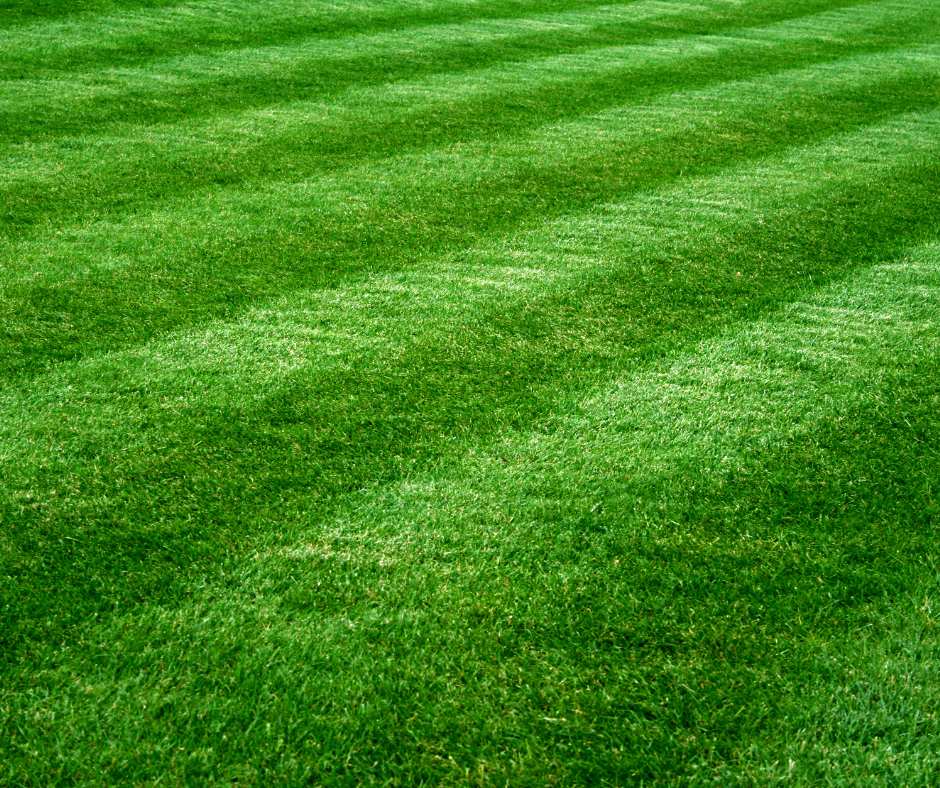
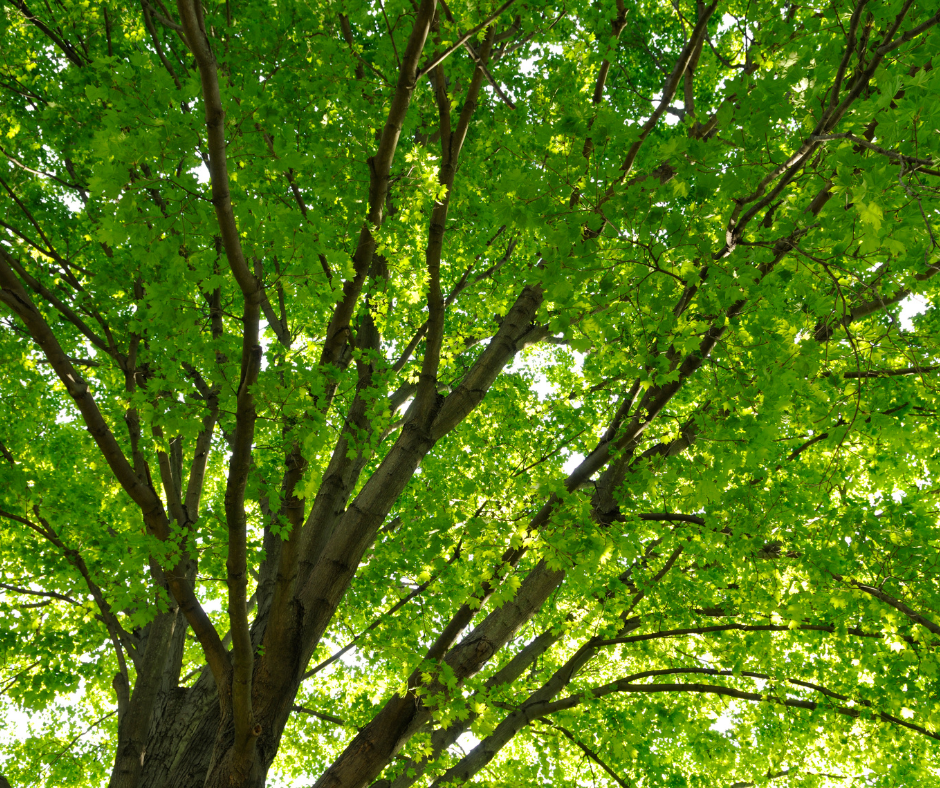
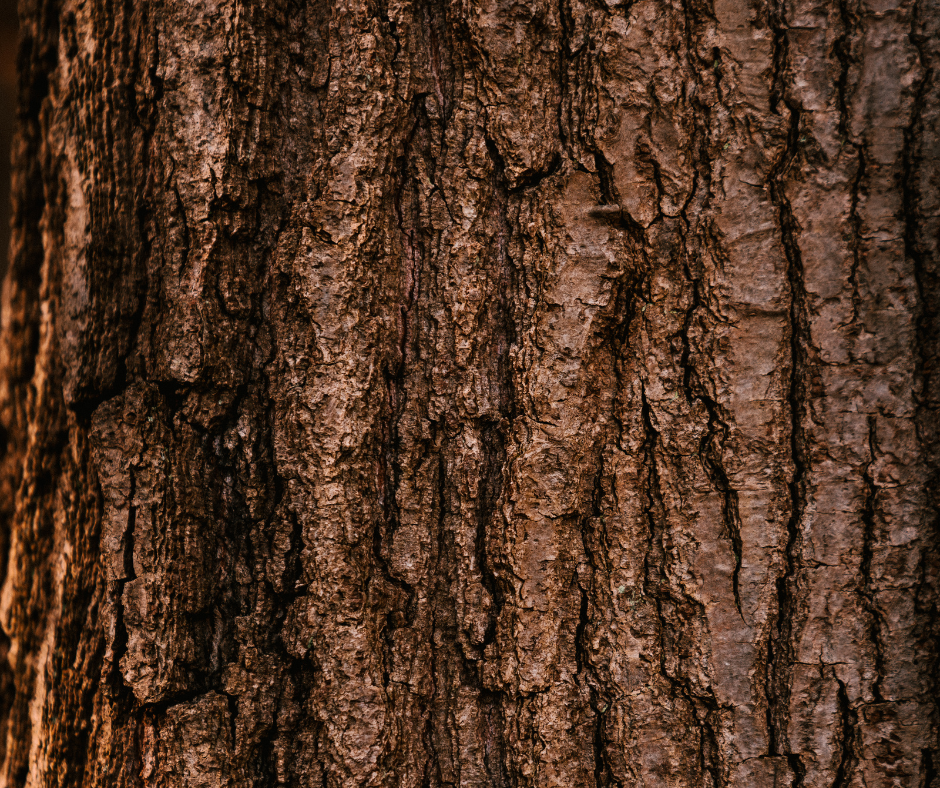
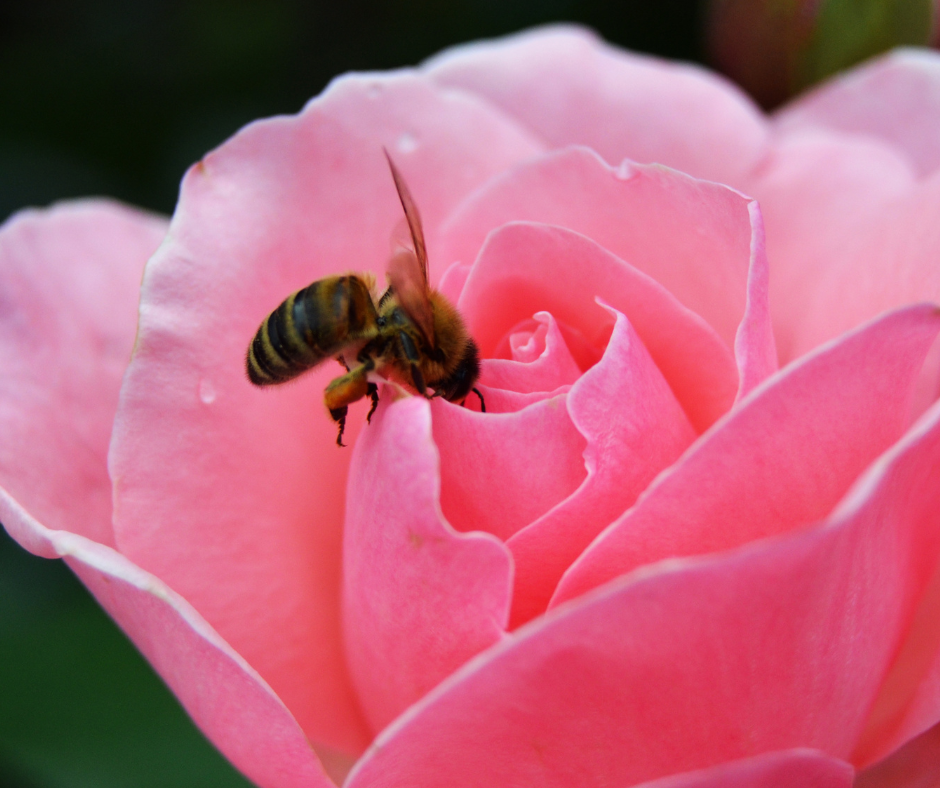
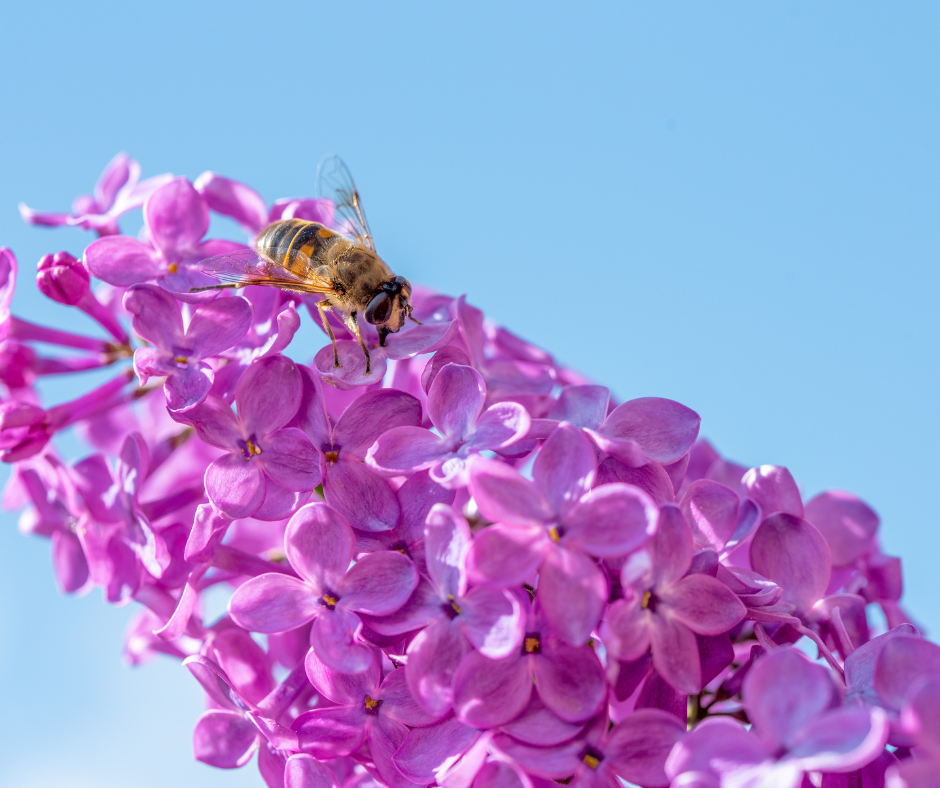
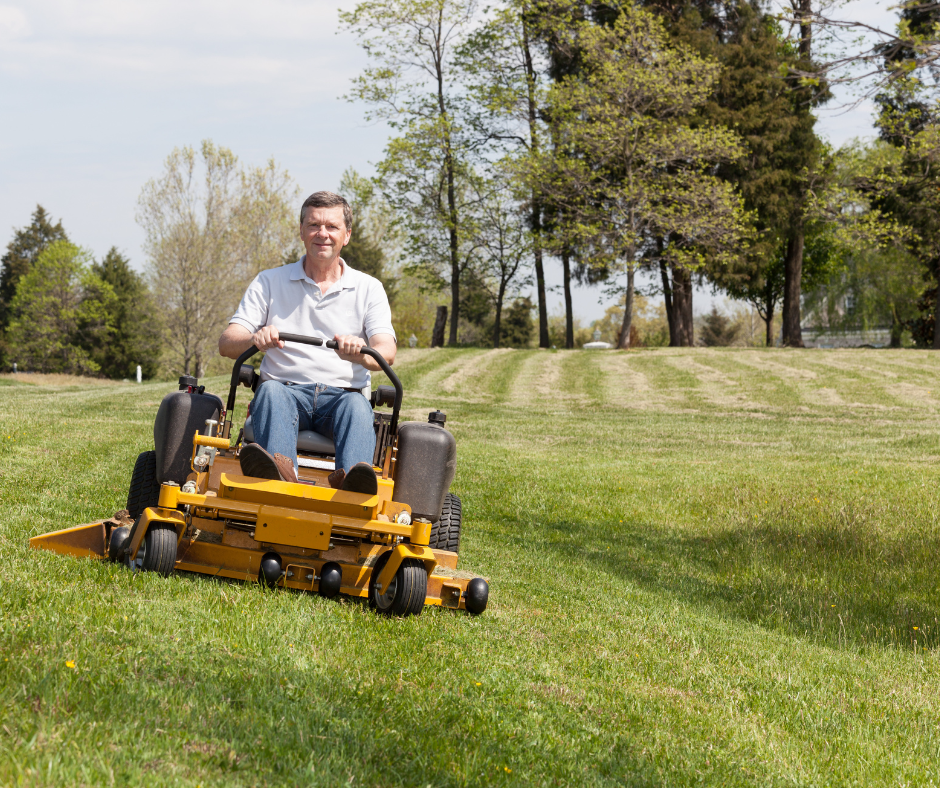
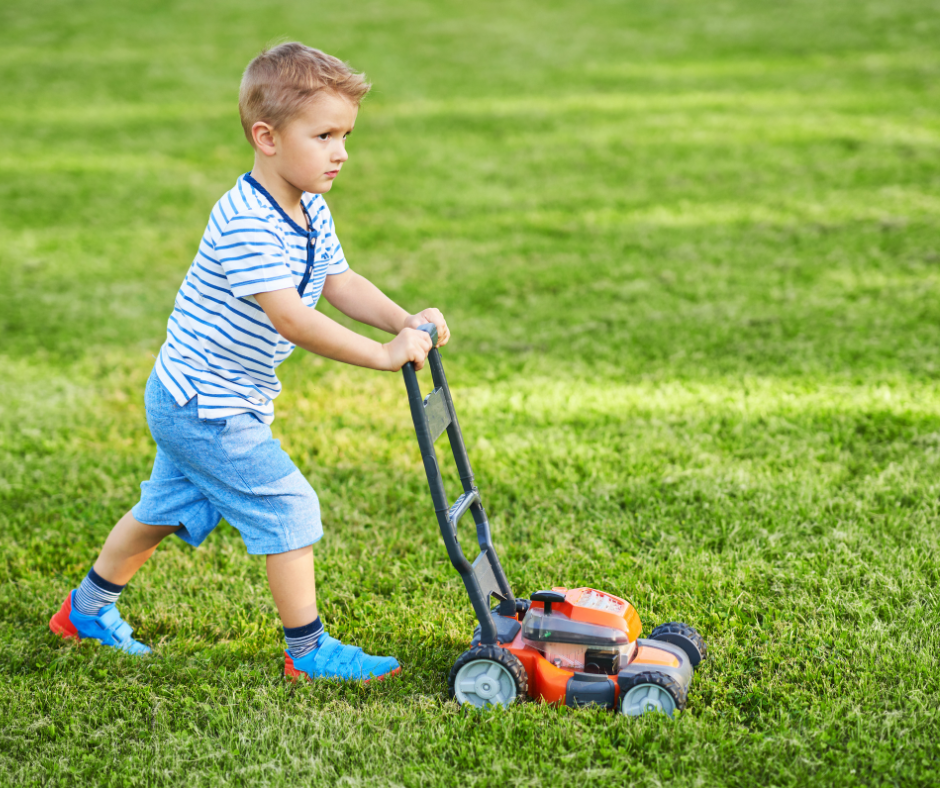
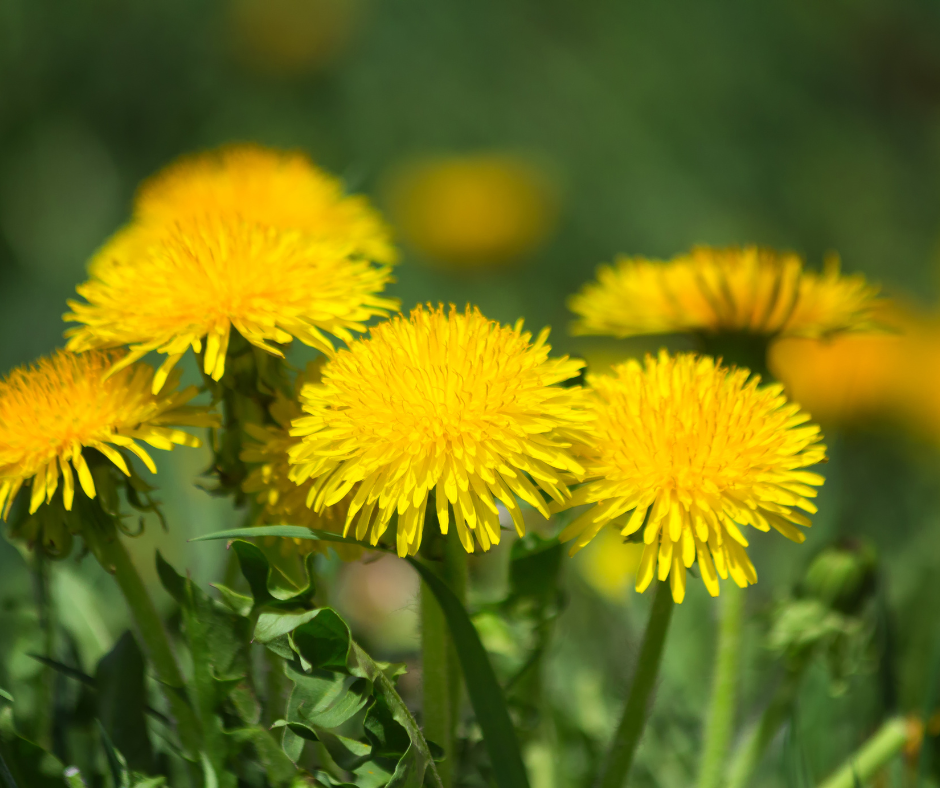
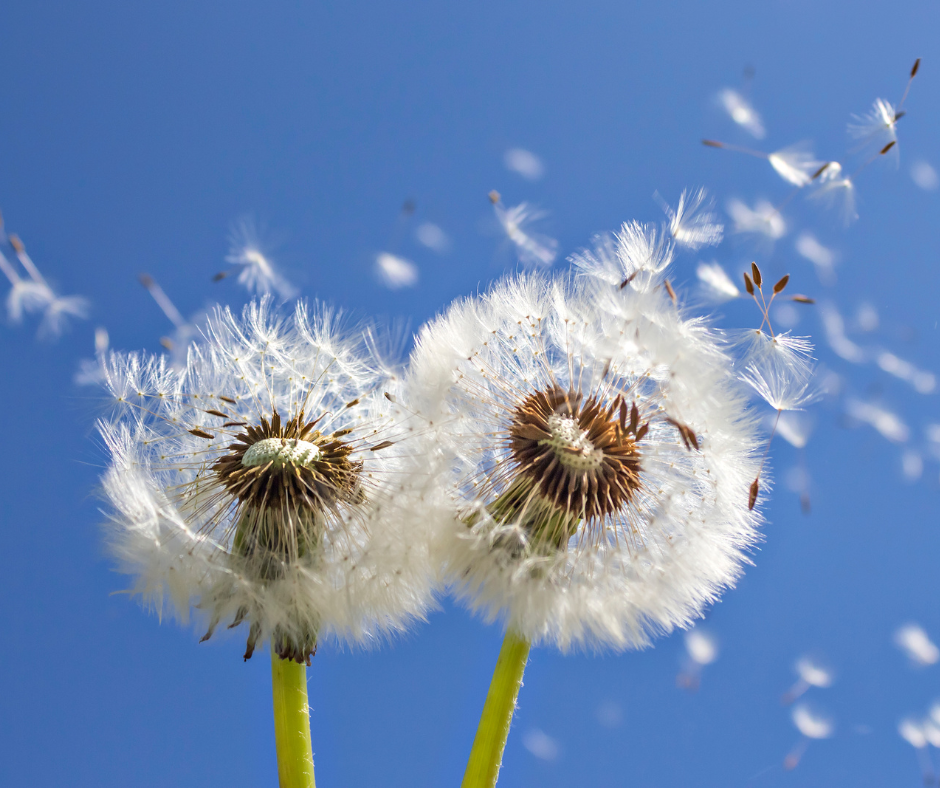
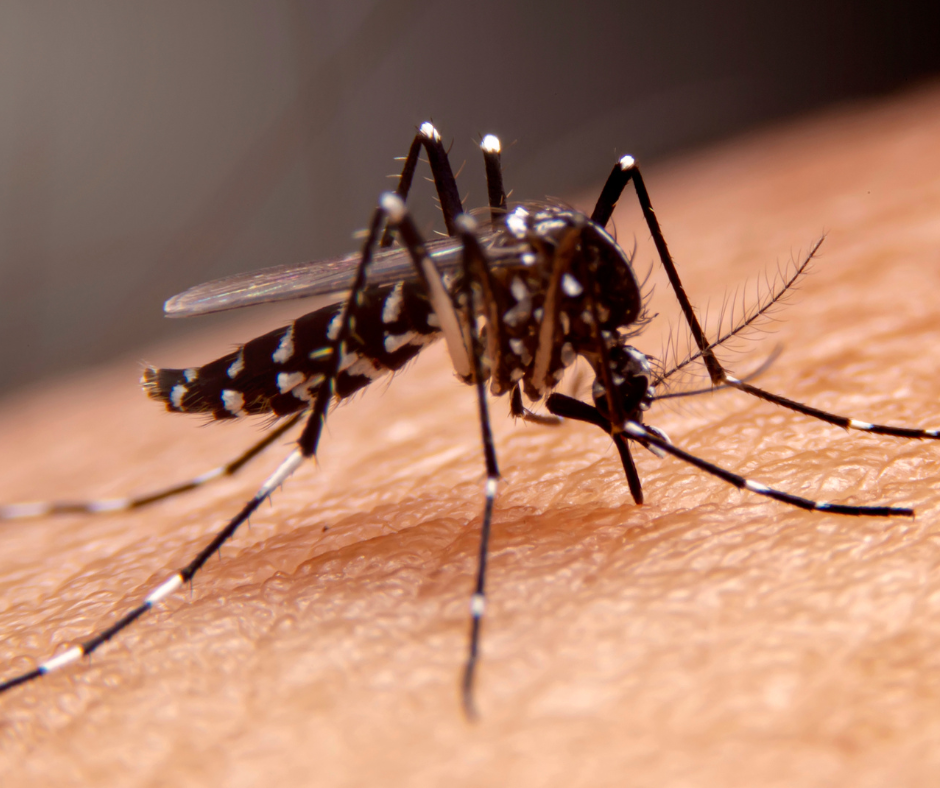
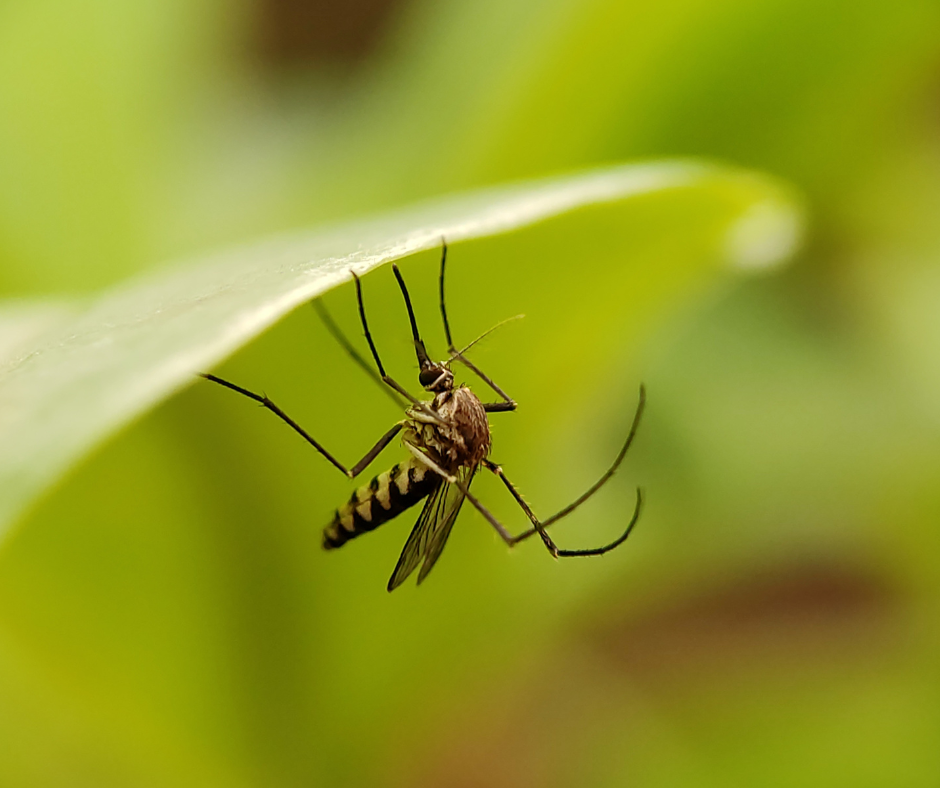
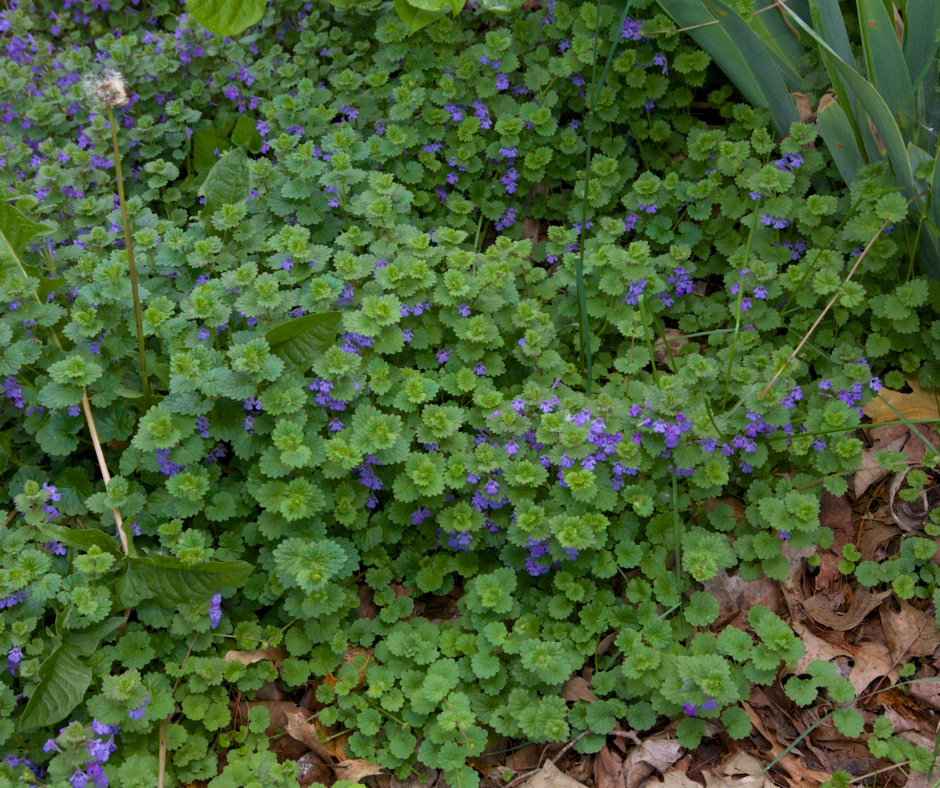
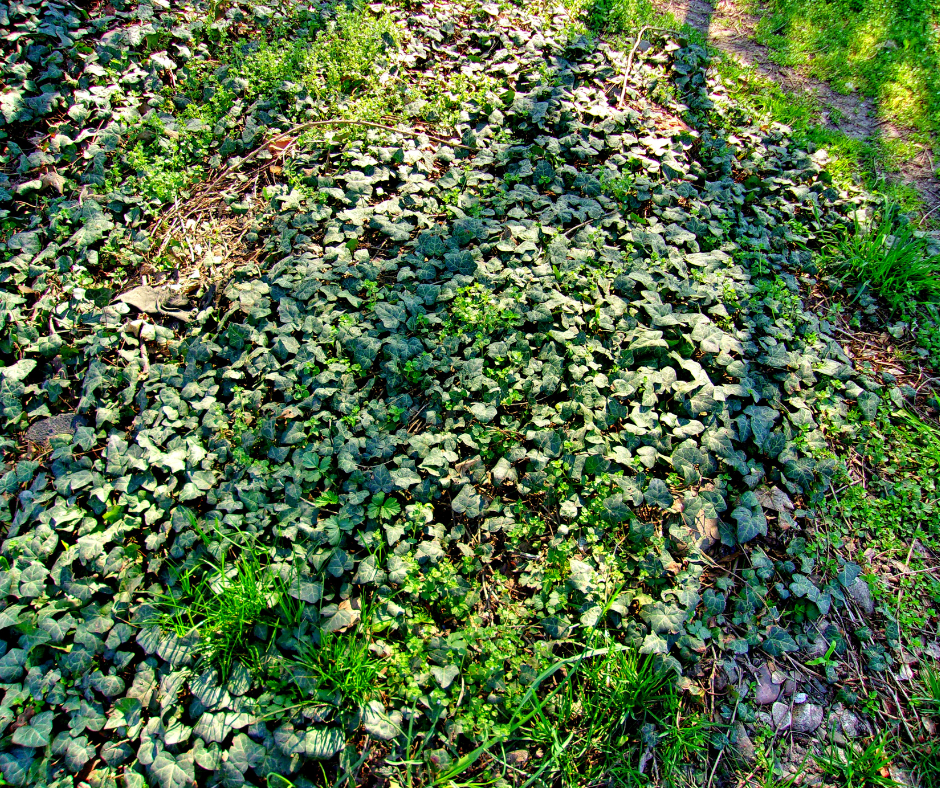
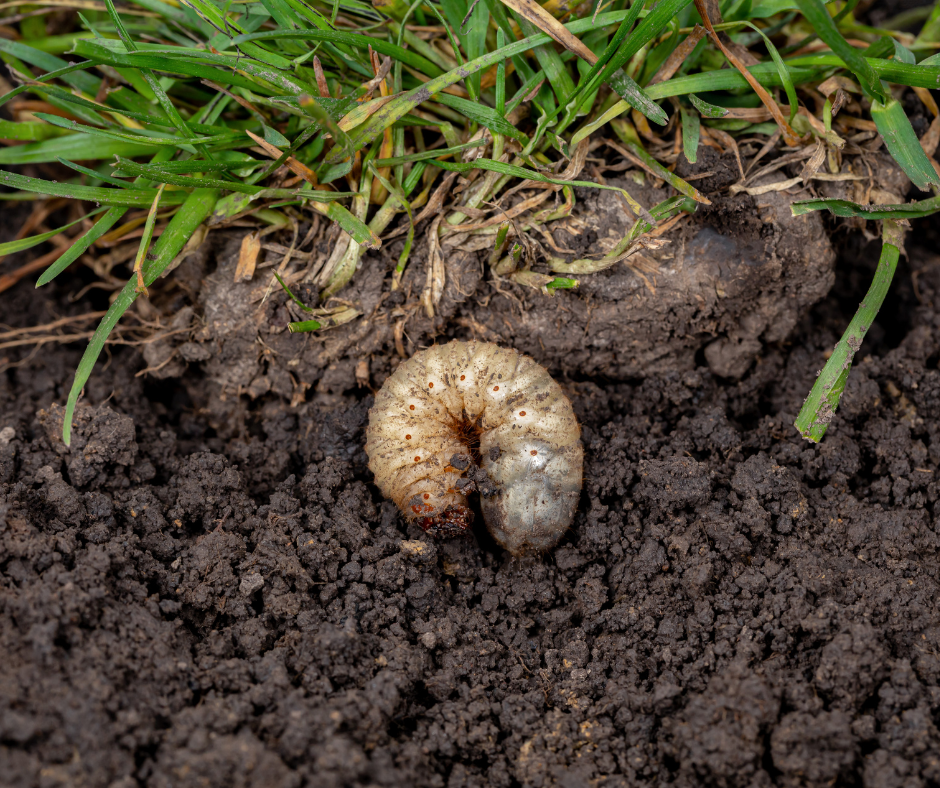
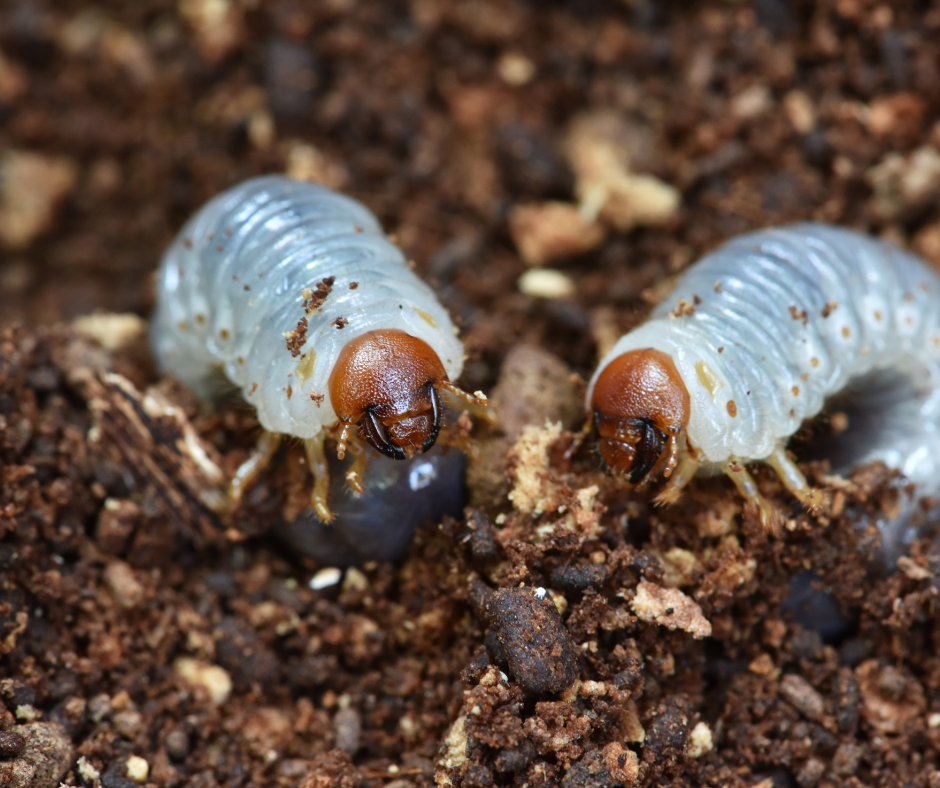
 RSS Feed
RSS Feed
